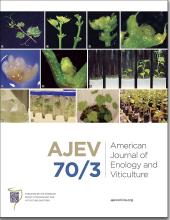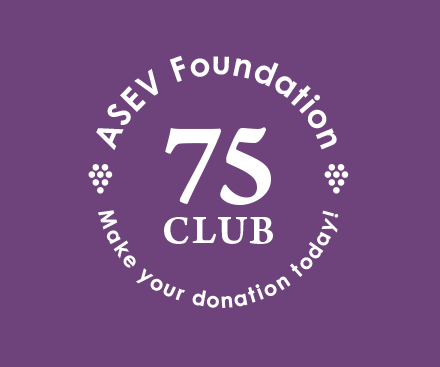Abstract
The introduction of cold climate interspecific hybrid grape (CCIHG) cultivars has stimulated a new wine industry in northern climates; however, high fruit acidity at harvest and limited information on fruit composition of these new cultivars make producing quality wines difficult. Organic acid and sugar profiles were determined during two growing seasons for Brianna, Frontenac, La Crescent, and Marquette under control and fruit zone exposure (“exposed”) treatments consisting of removing two to three leaves/shoot that were shading clusters and lateral shoots from the first three node positions, two weeks after fruit set. From veraison to harvest, glucose to fructose ratios ranged from 0.88 to 1.13, and tartaric to malic acid ratios ranged from 0.23 to 0.88 between years and cultivars. La Crescent and Frontenac had higher levels of acidity from veraison to harvest, mainly due to high levels of malic acid. The exposed treatment increased irradiance in the cluster zone, as well as berry temperature. Treatment effect on fruit glucose and fructose concentrations varied among cultivars and growing seasons. The exposed treatment reduced total titratable acidity, particularly malic acid concentrations in almost all evaluated cultivars. Leaf and lateral shoot removal just prior to veraison could be an effective tool to reduce acidity in CCIHG grown in cold climate regions with short growing seasons. In addition, this work highlights the need to develop independent fruit maturity standards for CCIHG, as opposed to relying on those established for Vitis vinifera cultivars.
- Received October 2018.
- Revision received October 2018.
- Revision received February 2019.
- Accepted February 2019.
- Published online July 2019
- ©2019 by the American Society for Enology and Viticulture
Sign in for ASEV members
ASEV Members, please sign in at ASEV to access the journal online.
Sign in for Institutional and Non-member Subscribers
Log in using your username and password
Pay Per Article - You may access this article (from the computer you are currently using) for 2 day for US$10.00
Regain Access - You can regain access to a recent Pay per Article purchase if your access period has not yet expired.










